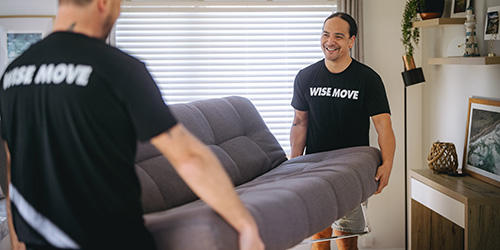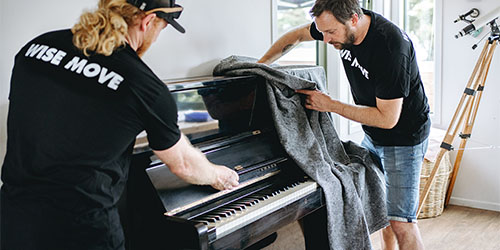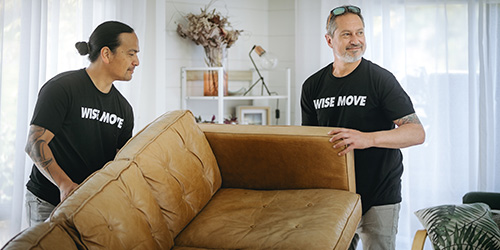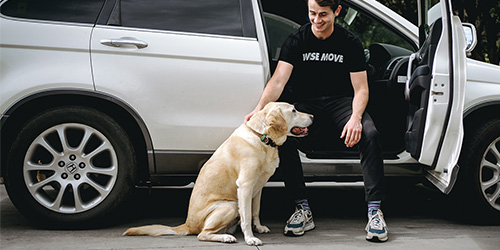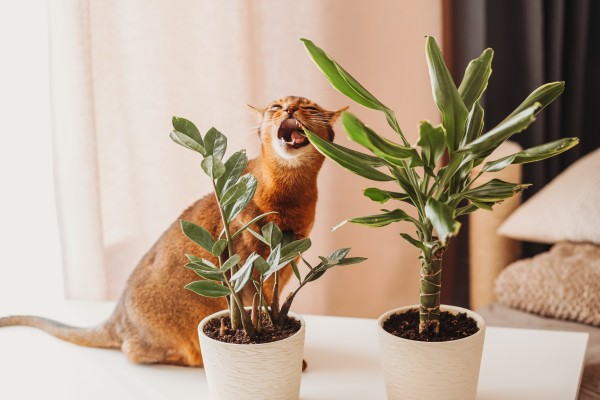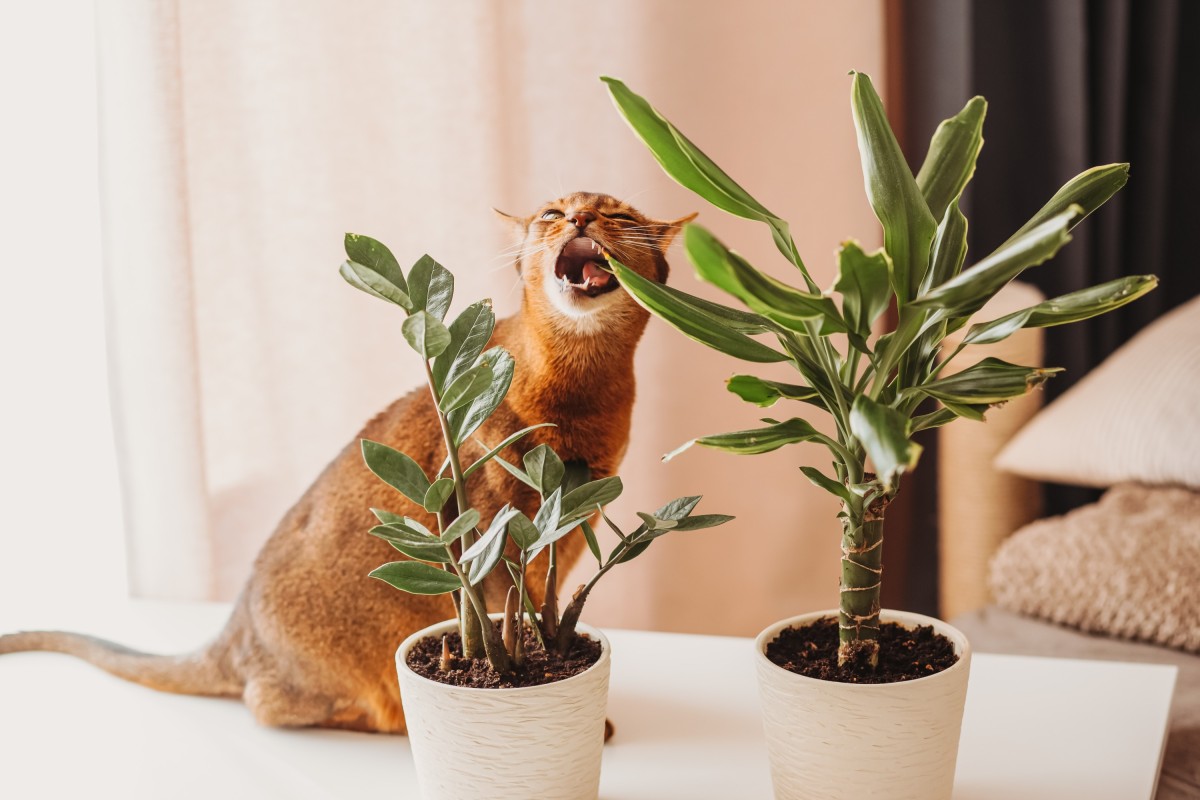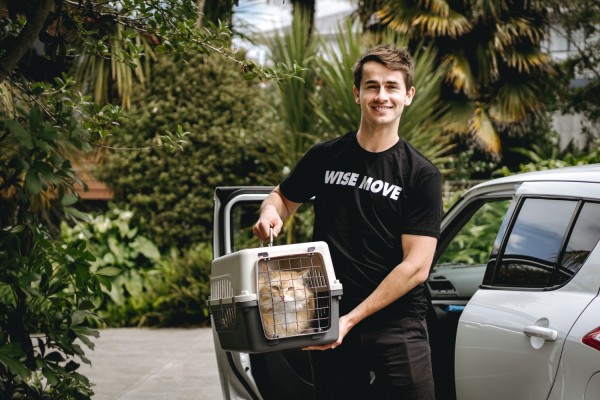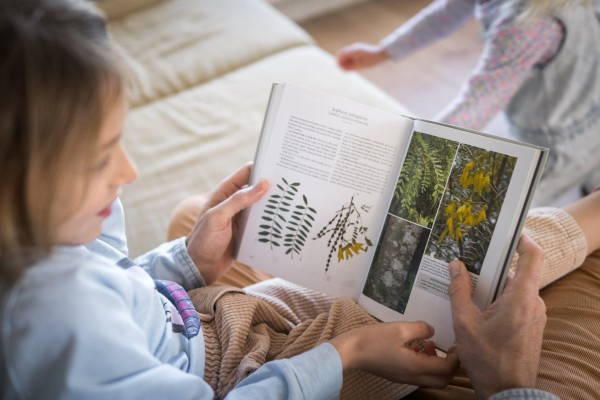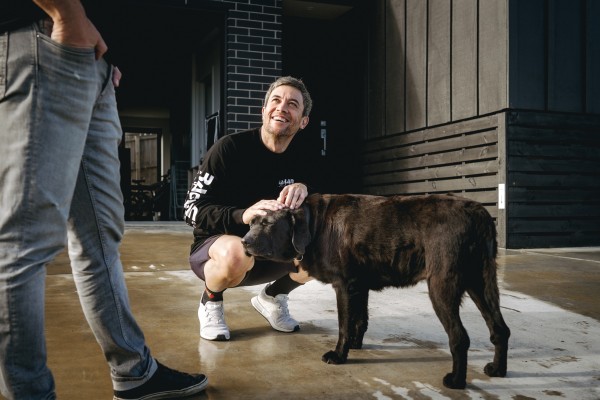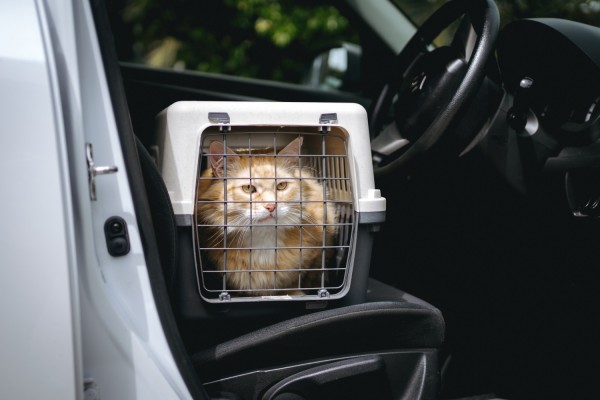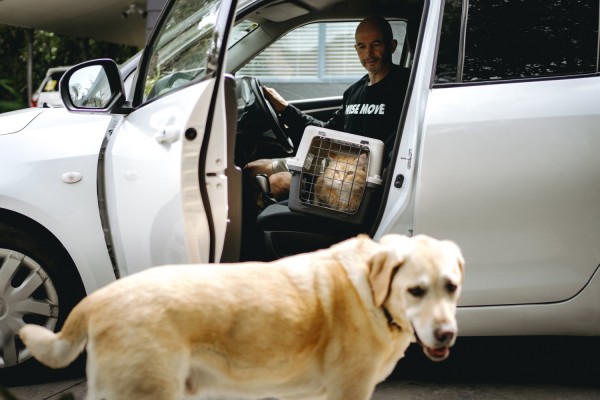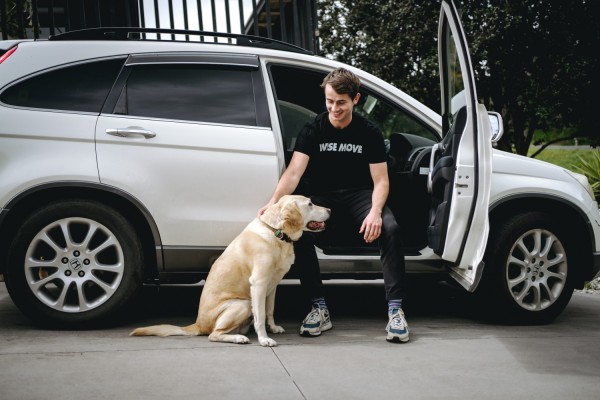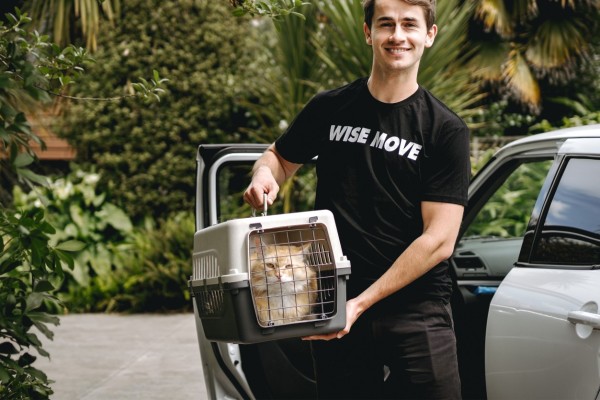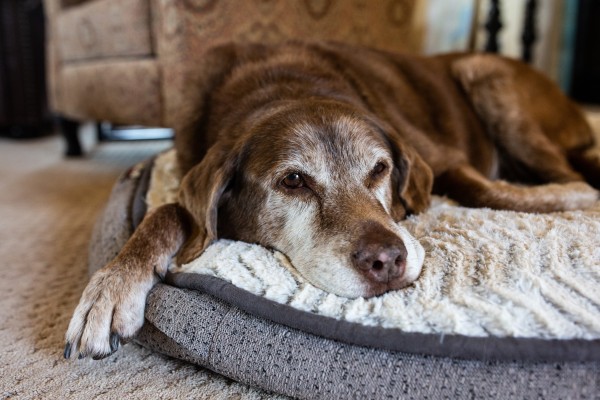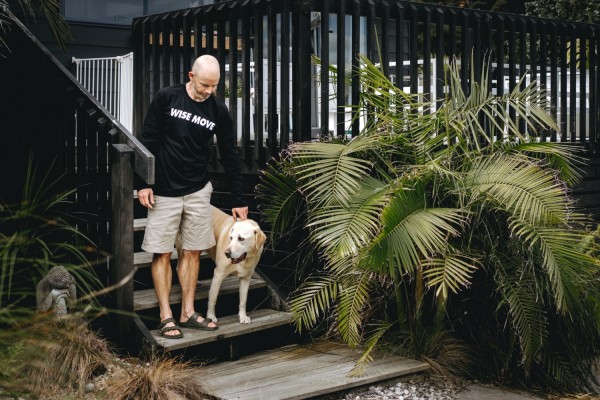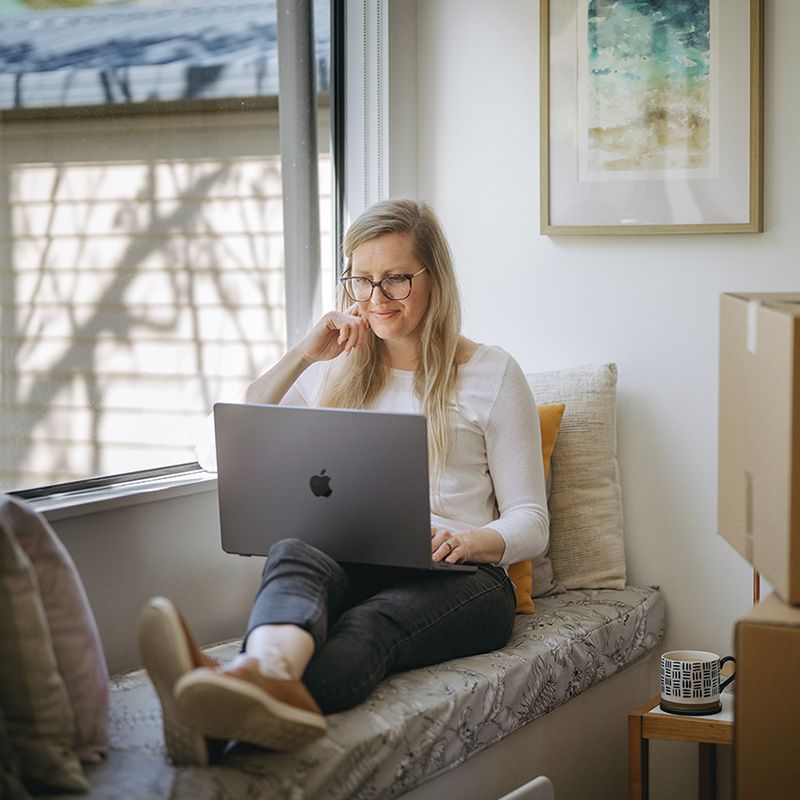How to pet-proof your home for a new dog

Getting a new dog is an exciting experience. Dogs make for wonderful companions and can bring great joy and love into your home. However, if you’ve never had a dog before, it’s important that you take the right steps to pet-proof your home. Pet proofing is an important step for both the dog and the owner. Whether rehoming an older dog or getting a puppy, a new environment can be stressful for your new pet.
Pet-proofing your home can enhance the well-being of your dog, reduce their stress levels and ensure your home is protected from accidents.
Four reasons to pet-proof your home
In the lead-up to getting a dog, it’s important to make your home pet-proof. Dogs are a lot like toddlers. They’re curious and eager to play and don’t know that your possessions shouldn’t be treated like toys. Pet proofing your home helps to:
Protect your pet from dangerous substances. Many substances in an average home are harmful to pets. Medication, cleaning products, rat poising, blood and bone and some species of indoor plants can all be toxic if ingested by aminals. Dogs like to explore, and their strong power of scent can lead them to find substances you don’t want them to ingest.
Prevent injuries. Pet-proofing your home can prevent injuries to your dog. Loose wires and cables can be dangerous, especially wires running over entranceways or thoroughfares. Remember that puppies should not jump off high surfaces until they are 12-15 months old. Jumping can lead to fractures or early-onset arthritis. If you have a deck or porch positioned off the ground, installing railings will make it safer for your dog.
Reduce stress: Your home is an entirely new environment for your dog. Whether you are bringing home a puppy or an adult dog, a home that is not pet-proof can add an extra layer of stress for your animal. Older dogs will usually want to explore their new environment, and it’s important they can do so safely.
Save money: While it costs money to pet-proof your home, a little bit of spending upfront goes a long way. Veterinarian bills and repairs to your home are costly. Pet-proofing your house can prevent nasty accidents and ensure your pet is safe and happy.
How to pet-proof your home
Assess your home for hazards
The first step in pet-proofing your home is to identify potential hazards. Walk through your home and look for electrical cords, toxic plants, and other potential dangers that your pet may encounter. While not necessarily dangerous, storing objects like brooms, vacuum cleaners, mops, and other objects in a hallway or corner is a hazard for your walls. Dogs can easily push these items over and cause scratching to the paint. Store as many items as you can in cupboards or in rooms where your dog won’t be able to play. This will keep your walls and floors protected.
Move any dangerous substances out of reach
Before bringing your new furry friend home, ensure all dangerous substances are out of reach. Keep cleaning products in cabinets rather than leaving them sitting on your washing machine or laundry bench. Another important area to secure is your garden shed.
Fertiliser, rat poison and some types of garden products like blood and bone is highly toxic to dogs. Keep your shed locked when you aren’t using it. Storing these products in a cupboard or up on a bench is another way to keep them out of your dog's reach.
Get rid of toxic indoor plants
Many plant enthusiasts don’t realise that their favourite indoor plants can be toxic for cats and dogs. Peace lilies, ZZ plants, pothos, ivy and aloe vera are just a few popular indoor plants that, if ingested, can be poisonous for your dog.
If you have a puppy, it’s a good idea to eliminate these plants from your home altogether. Puppies are playful and can be attracted to the plant's leaves. While older dogs may not be as drawn to playing with indoor plants, it’s still a good idea to either get rid of these plants or move them into a room your dog isn’t allowed to be in.
Tidy up electrical chords
Before getting a dog, you may be used to leaving extension chords plugged in around your home. These are dangerous for dogs as the electrical current, although weak, is still running. Make a habit of tidying up any chords you aren’t using and put them away.
Another hazard for your dog is wires and cords attached to your electronics. Loose or untidy wires can cause a tripping hazard or attract the attention of your dog or puppy. If your television or any electronics have wires hanging loosely, make sure you tidy these up. Your dog could chew through these wires or even pull your television off its stand and on top of them.
Protect floors and surfaces
If you are a renter, you have an obligation to protect the space you are living in from damage from your pet. Even well-behaved animals can inflict damage on a property. Wooden floors and doors are particularly susceptible to being scratched by a dog's claws.
Whether you own or rent your space, looking after the floors and surfaces will save you money in the long term. Cover up any wooden floors with protective flooring and train your dog out of scratching the doors to be let out.
Provide a safe space
Provide a safe space for your pet to rest and relax. This could be a crate or a designated room in your home that's free from hazards and equipped with a comfortable bed and toys. Creating a safe space where your dog can retreat is important, especially if you are rehoming an older dog. Your dog needs space away from humans where it can sleep quietly and relax.
If you have children or toddlers, a crate or enclosed dog home is a great way to prevent your children from interacting with your animal while it rests. Renting your home? Read these additional tips to help protect your bond.
Need help transporting your dog to its new home?
Find trusted pet movers at Wise Move. Our teams will ensure your dog is well cared for as if they were our own. Book your pet-friendly transportation today.
What do our customers say?




For every (wise)move
